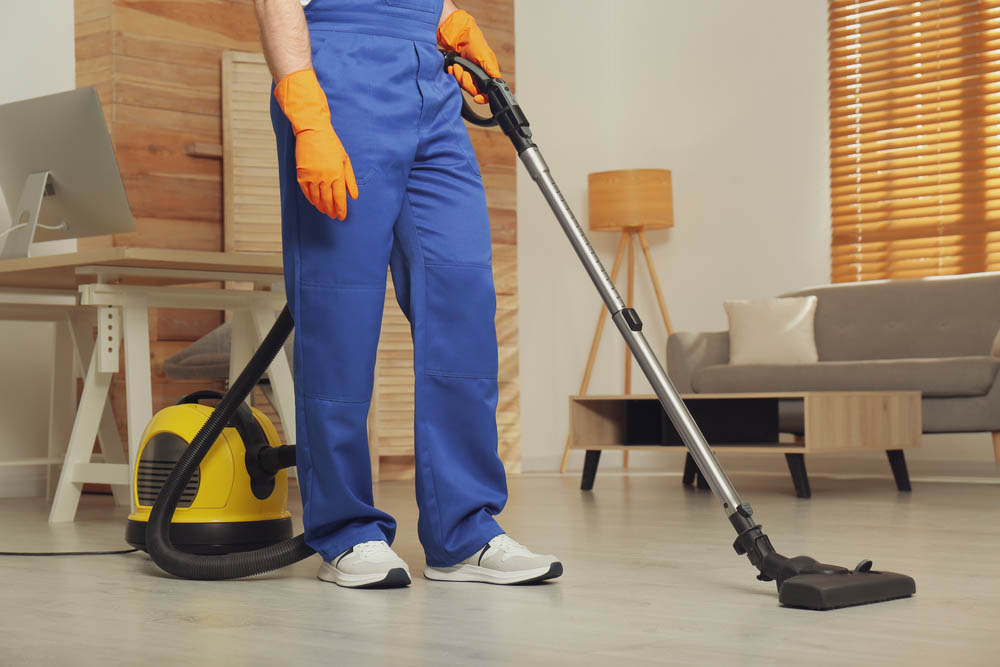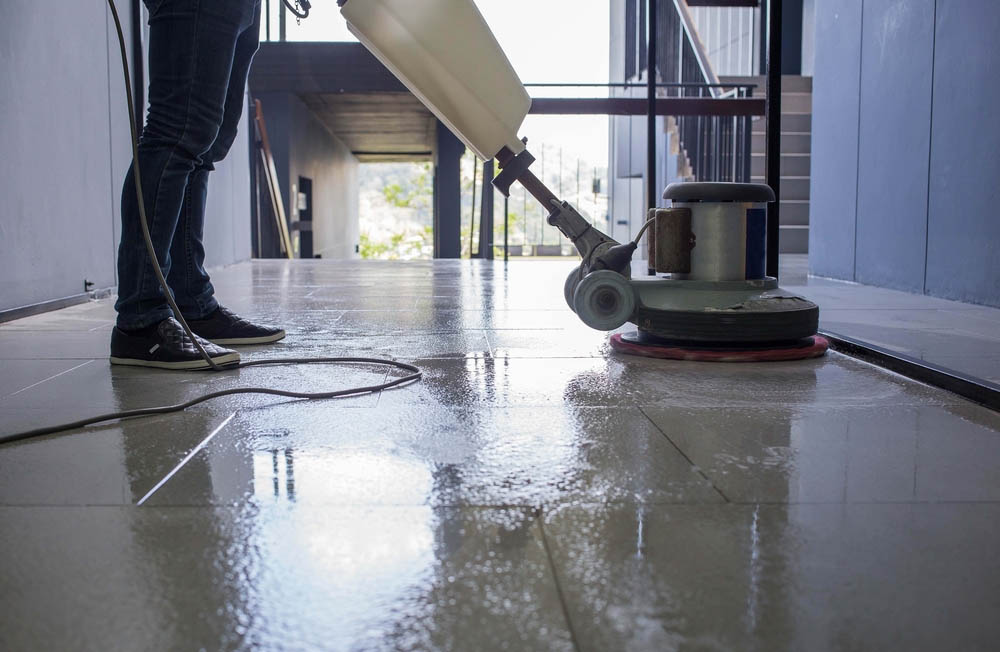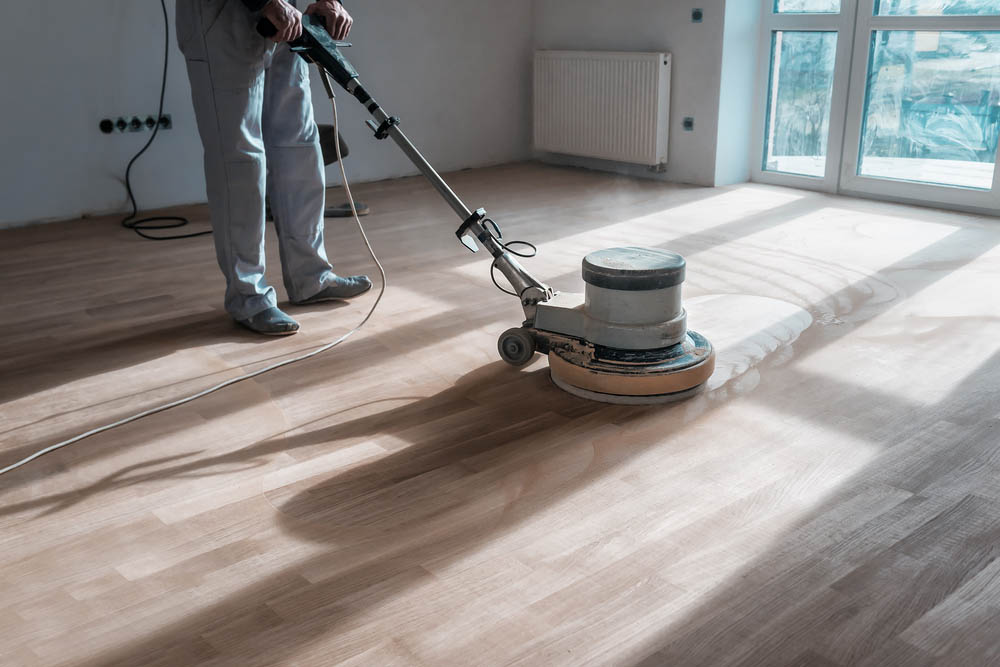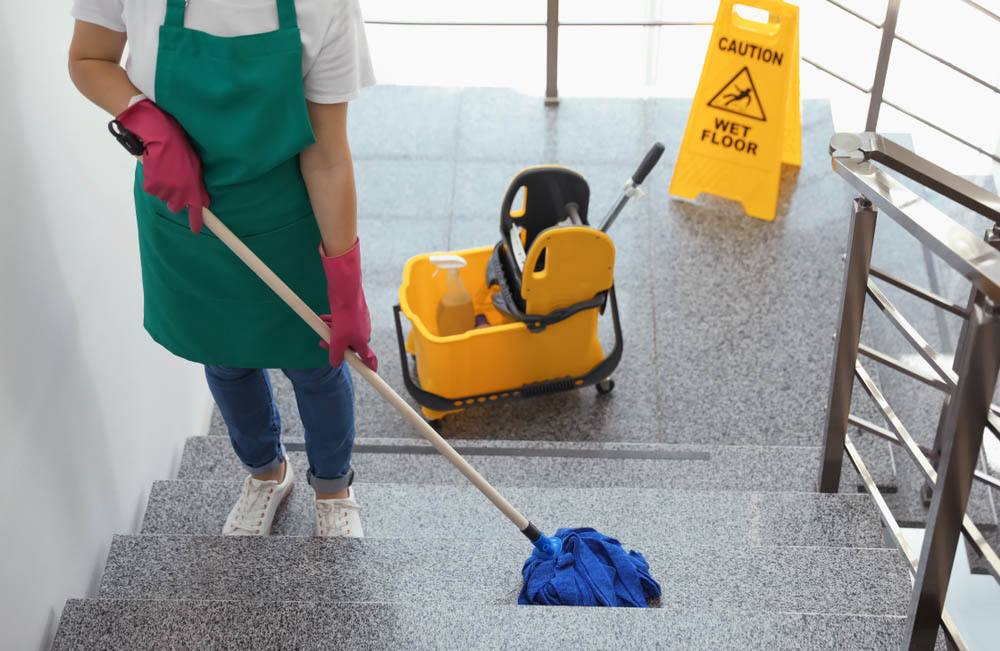
Commercial carpet cleaning is an essential component of facility maintenance. To ensure the longevity and appearance of your carpets, it’s necessary to adhere to commercial carpet cleaning standards and regulations. This article will delve into the various aspects of these standards and rules to provide a thorough understanding of the topic.
Understanding Types of Commercial Carpets
Commercial carpets come in various fiber types, each with unique characteristics that affect their cleaning requirements. The main types include:
- Nylon: Known for its durability and resilience, it’s the most commonly used commercial carpet fiber.
- Olefin: This fiber type is stain-resistant but not as durable as nylon.
- Wool: While luxurious and durable, wool carpets require special care to avoid damage during cleaning.
- Polyester: A cost-effective option, it is prone to crushing and needs specific maintenance.
Commercial Carpet Cleaning Methods
Several professional cleaning methods are applicable to commercial settings. Each method has its benefits and is suitable for different circumstances:
Steam Cleaning (Hot Water Extraction):
This method provides deep cleaning and is highly effective at removing dirt and grime.
Dry Cleaning:
A less water-intensive method, ideal for areas where drying time needs to be minimal.
Encapsulation:
This method uses synthetic detergents that crystallize into a powder when dry, encapsulating (trapping) the dirt, which is then vacuumed up.
Bonnet Cleaning: Involves using a rotary machine with a cleaning pad soaked in a solution. It’s a quick method but does not offer deep cleaning.
Standards for Commercial Carpet Cleaning
Professional carpet cleaning standards are mainly set by the Institute of Inspection, Cleaning, and Restoration Certification (IICRC). These include:
- IICRC S100: The standard describes the procedures, methods, and systems to be followed in professional carpet cleaning.
- Professional carpet cleaning certifications: These include the Certified Carpet Cleaning Technician (CCT) and Commercial Carpet Maintenance Technician (CCMT) certifications.
Health and Safety Considerations
Carpet cleaning involves the use of chemicals and machinery, requiring the implementation of health and safety protocols. These can include:
- Using appropriate personal protective equipment (PPE) when handling chemicals.
- Proper storage and disposal of cleaning chemicals.
- Minimizing slips, trips, and falls by clearly marking wet areas.
Regulations on Carpet Cleaning
Regulations can vary by locality, but they generally cover aspects like waste disposal and chemical usage. For example:
- Cleaning waste must be disposed of according to local regulations to avoid environmental damage.
- Certain cleaning chemicals may be restricted due to health and environmental considerations.
Environmental Impact of Carpet Cleaning
Commercial carpet cleaning has potential environmental implications, primarily related to water and chemical usage. To mitigate this:
- Use eco-friendly carpet cleaning solutions whenever possible.
- Opt for cleaning methods that use less water, such as dry cleaning or encapsulation.
Commercial Carpet Cleaning Certifications
To ensure quality and adherence to standards, look for cleaners with certifications such as:
- Certified Carpet Cleaning Technician (CCT)
- Commercial Carpet Maintenance Technician (CCMT)
Choosing a Commercial Carpet Cleaning Service
When selecting a professional carpet cleaning service, consider the following:
Experience:
Look for a service with substantial experience in commercial carpet cleaning.
Certifications:
Confirm if the service holds relevant professional certifications.
Equipment:
The service should use professional-grade equipment and environmentally-friendly cleaning solutions.
Commercial Carpet Cleaning Case Studies
Case studies are a great way to demonstrate the effectiveness of cleaning methods and adherence to standards and regulations. They can provide real-world examples of challenges faced and solutions implemented in various commercial settings.
Cost Factors in Commercial Carpet Cleaning
The cost of commercial carpet cleaning can vary based on factors like:
- Size of the area to be cleaned.
- Type of carpet fiber.
- Cleaning method used.
Technological Innovations in Carpet Cleaning
Advancements in carpet cleaning technology can increase efficiency and reduce environmental impact. These include:
- New eco-friendly cleaning solutions.
- Advanced machinery that uses less water and energy.
- Improved methods for stain removal and carpet restoration.
Preventive Maintenance and Care
Preventive measures can extend the life of a commercial carpet and reduce the frequency of deep cleanings. These include:
- Regular vacuuming to remove surface dirt and dust.
- Immediate attention to spills to prevent stains.
- Use of mats at entrances to minimize dirt tracked into the facility.
Conclusion
By adhering to these standards and regulations, you can ensure your commercial carpets remain clean and durable while minimizing the environmental impact of your cleaning practices.
Our Services

Get In Touch
Professional cleaning of carpet and tile




